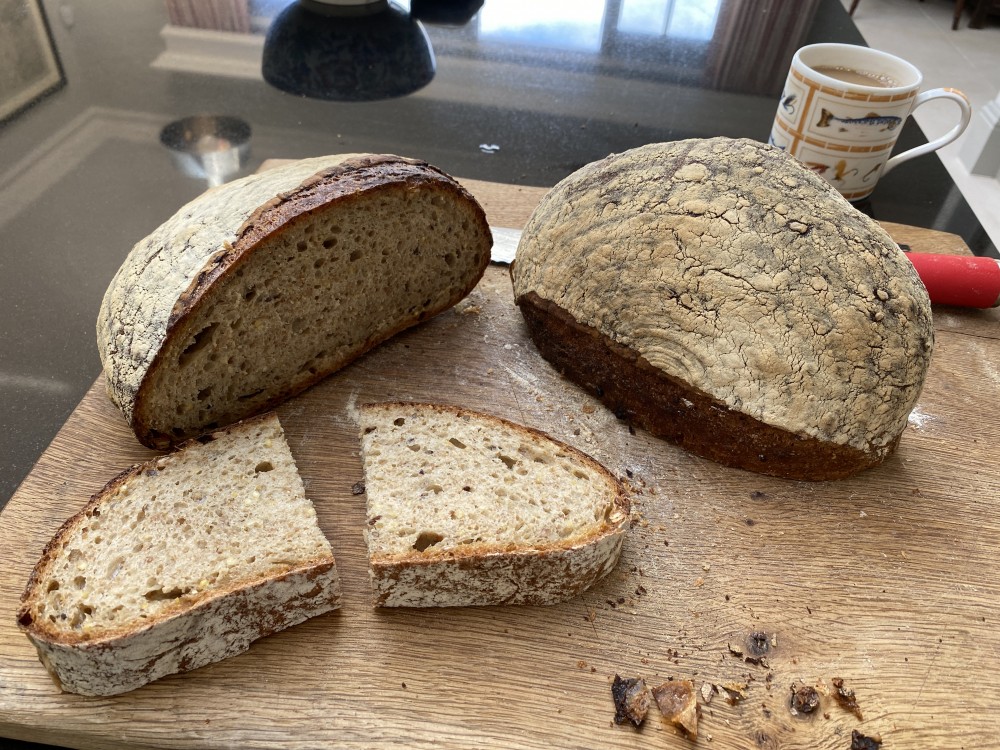Bread - What are you baking today…..
-
A bit more success on Sunday, spelt, rye, and white. It was delicious. I didn't expect as much oven spring. @neph93 the slashes were made using my Spyderco UKPK, not a lame… Just to show how razor sharp they are
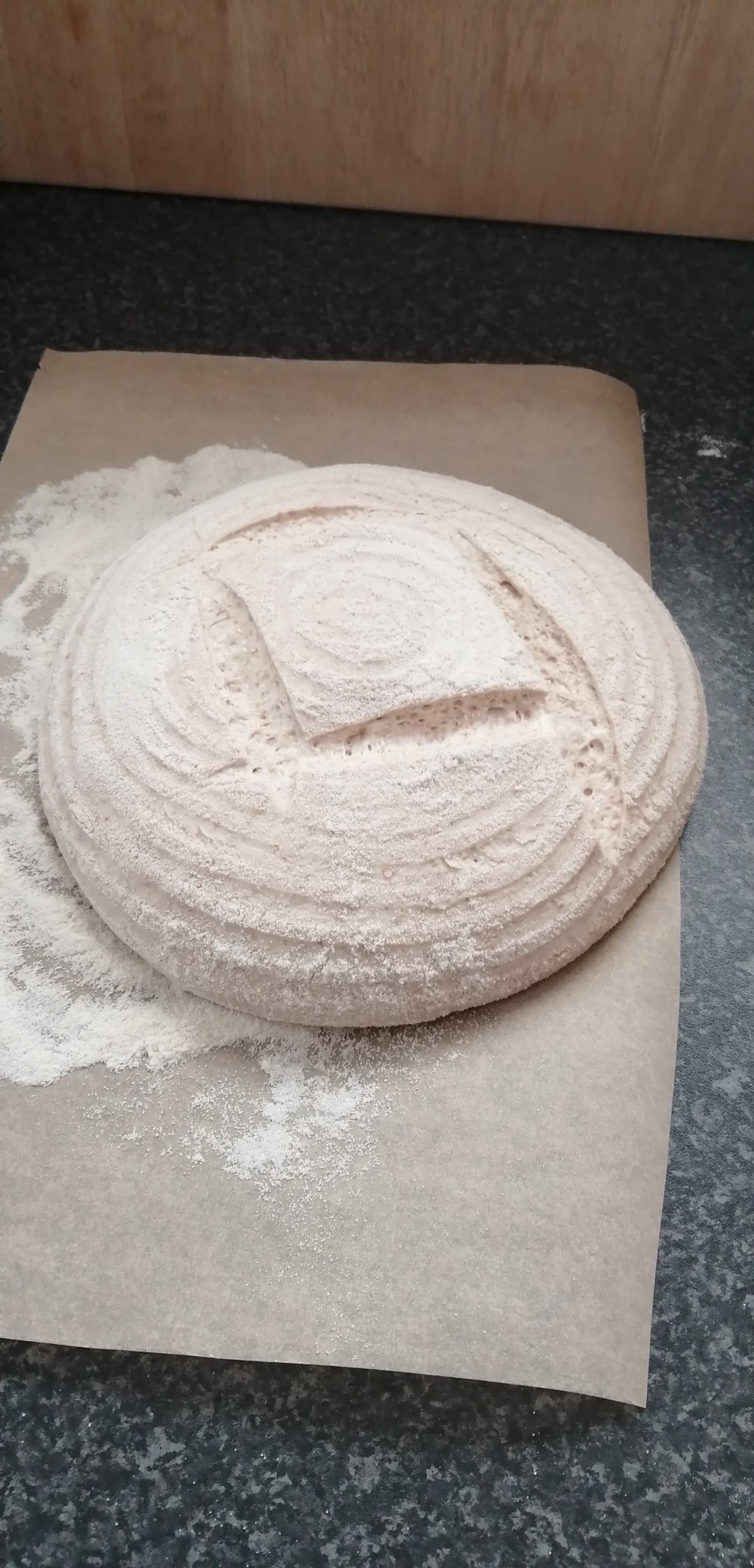
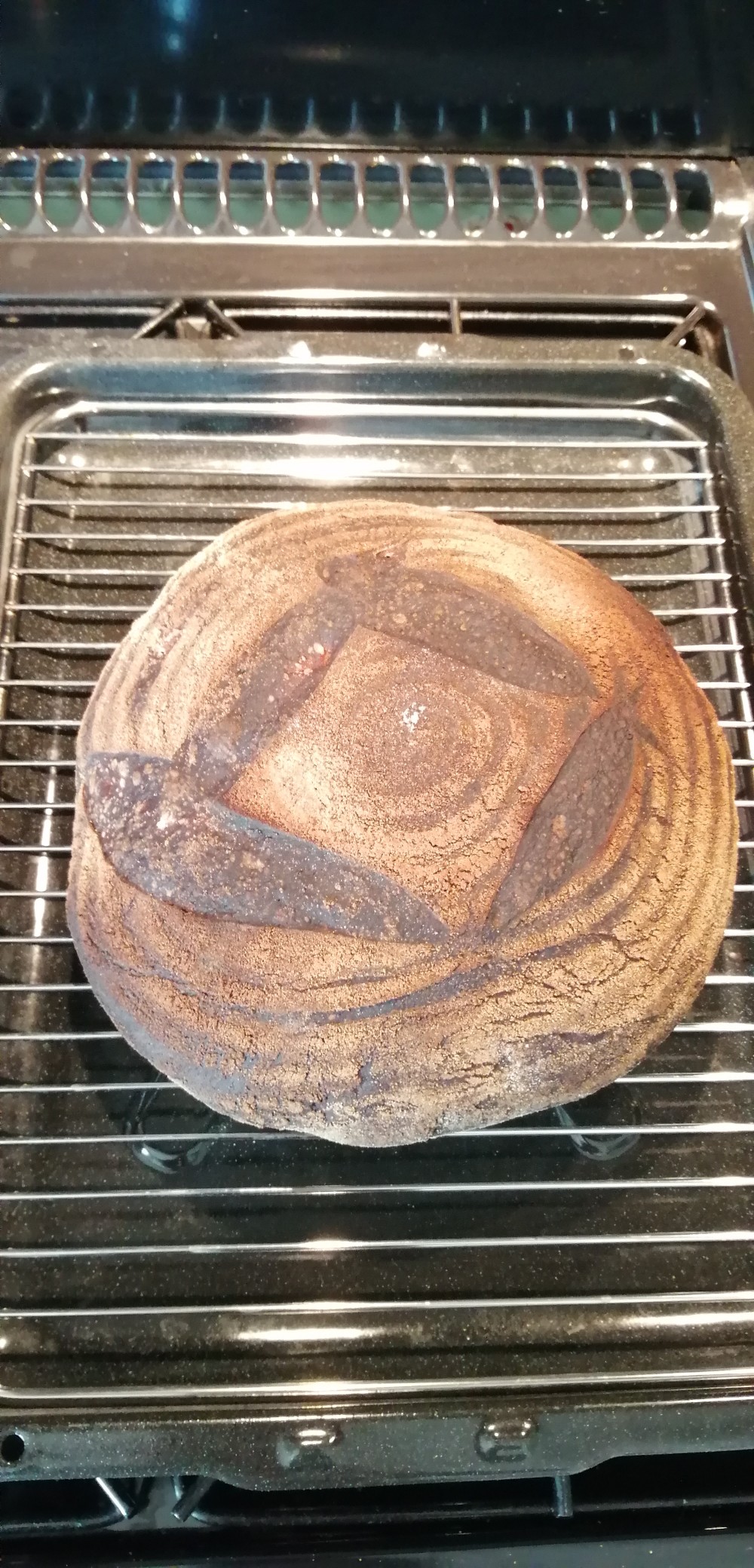
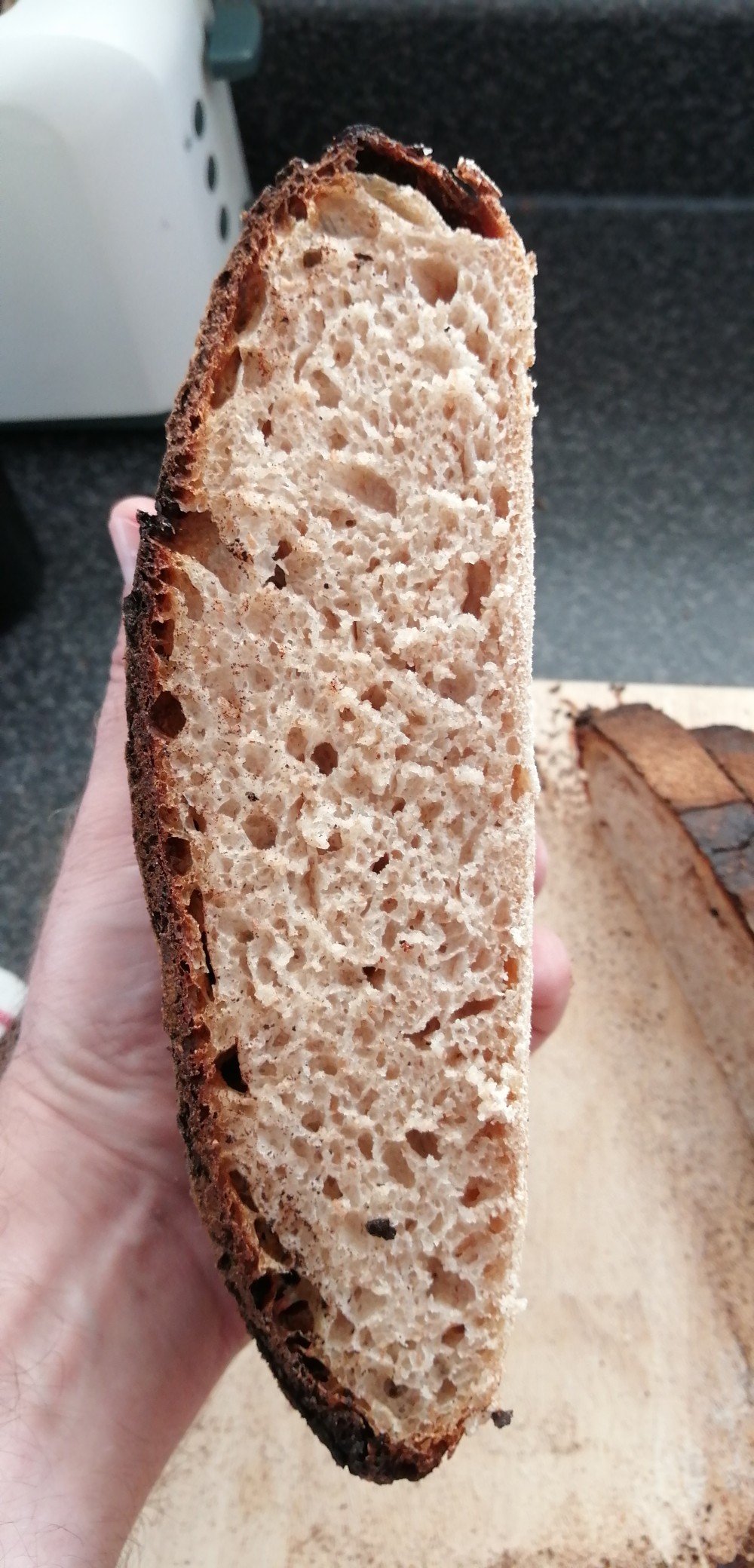
-
Well done @Stuart.T that is coming along nicely. Exciting application of your pocket knife too [emoji1]
I’m increasingly aware of the role the composition of levains play in oven spring and timing. Knowing your starter and the resulting levain seems important for predicting results.
Breads made with my rye starter almost always do well, but my spelt starter acts in a very different way and the timings need to be different. Also the levain I make from my spelt starter gives different results depending on whether I use wholemeal spelt to feed it or finely milled spelt. The former takes more time to ripen and allows for longer fermenting and proofing, while the latter seems much more volatile and peaks earlier.
-
I had my starter in the fridge for a week and almost forgot about it. However i fed it last night and this morning it was very lively.
I've dabbled with full boules, dinner rolls, bagels, pizza crust, etc. all in the sourdough camp.
this is a 950 gm batch that i added caraway seed and granulated garlic and salt, divided into 4 mini loaves and dusted the bottoms with toasted corn germ for texture.
Bread
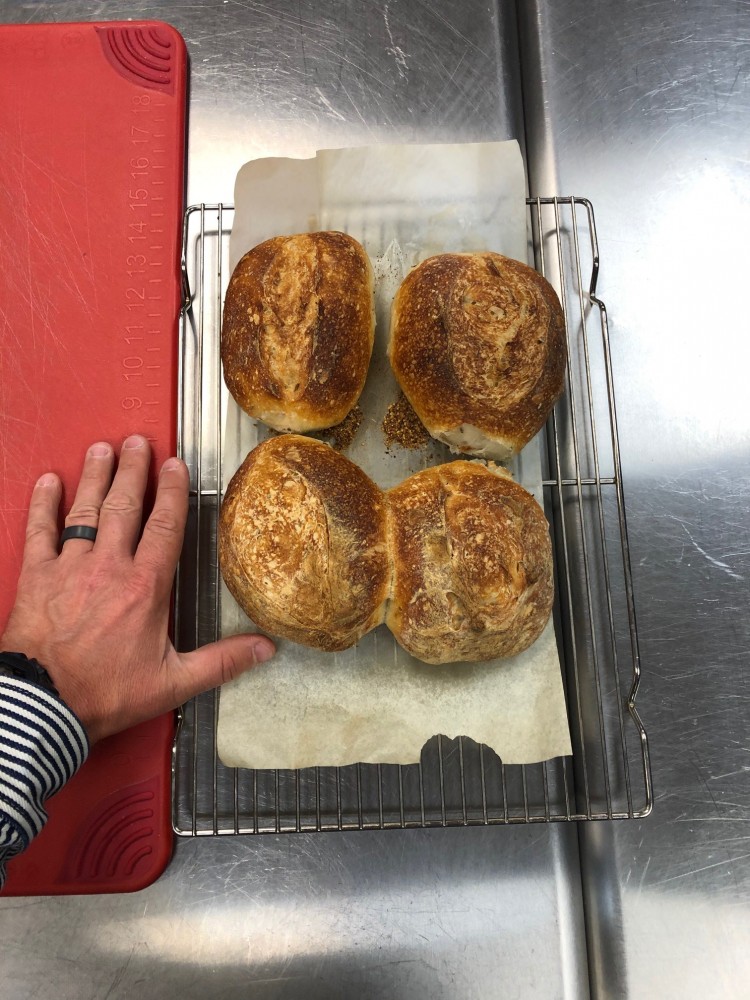
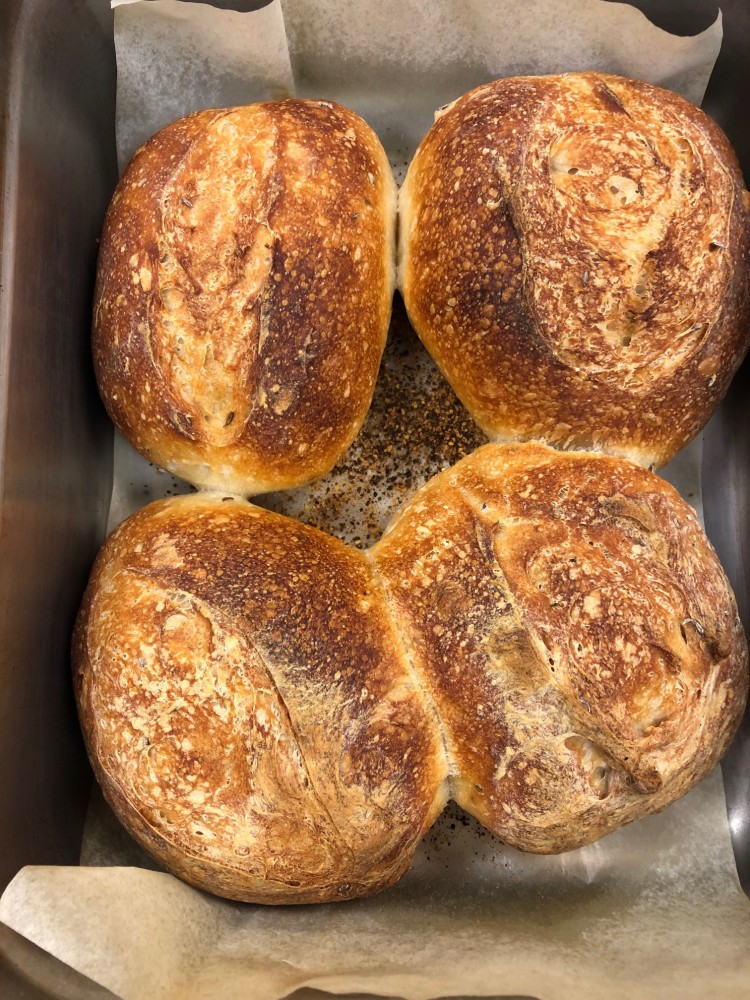
-
They look lovely @jordanscollected. Did my last spelt sourdough before the coming Biga-geddon this weekend.
This is the levain based on finely ground spelt just before it went in. 350g flour and 350g water. This is a 3 liter bowl:

Mental.
The bread came out well but I decided to do two doughs with different hydration to see what differenes occured.
75%:

85% (to the right):

There was a lot more spread from the banneton to the oven plate with the higher hydration. The texture of the 85% bread was much more moist and light, despite the spread, and the crumb was still good:

-
that bread was very happy, with a desirable variation in holes for some texture differentiation.
-
@Giles those last 2 loves look great. 3rd time lucky for me today. I adjusted a bog standard Jamie Oliver recipe that required neading, so my 1st non non-nead (I hate a double negative). I used a stoneground wholewheat starter, rye and spelt, and white. It didn't last long when sliced over breakfast.
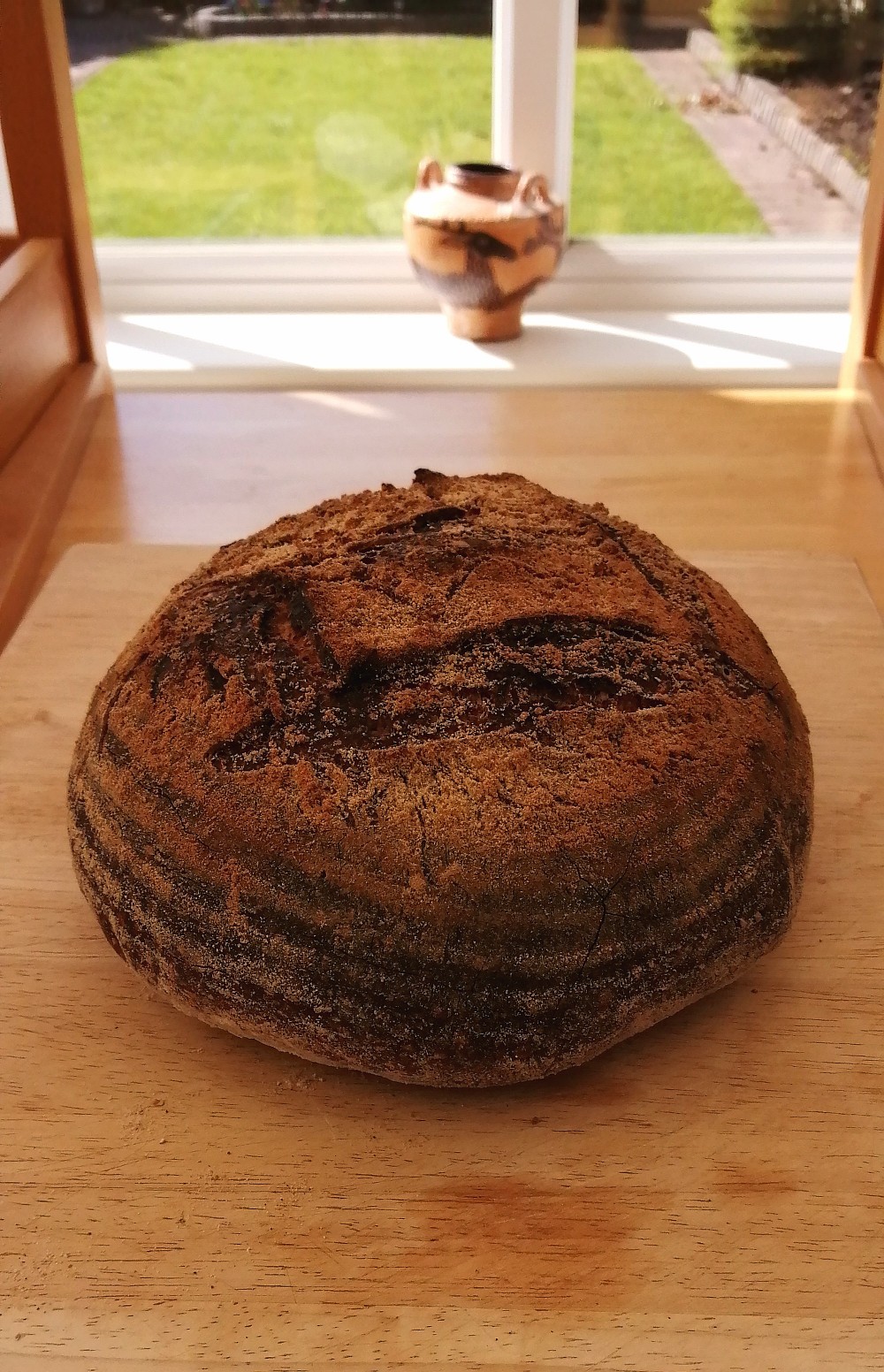
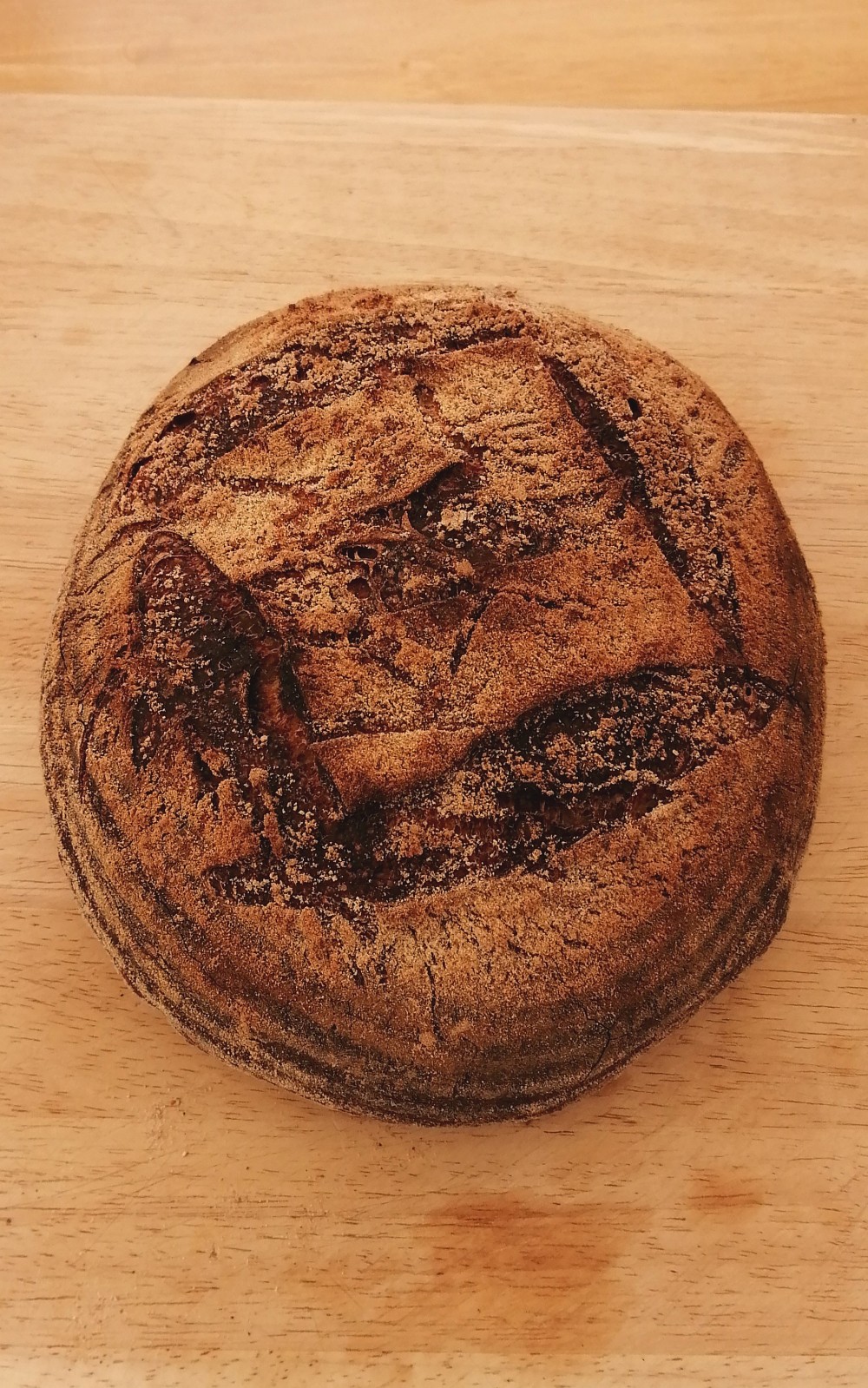
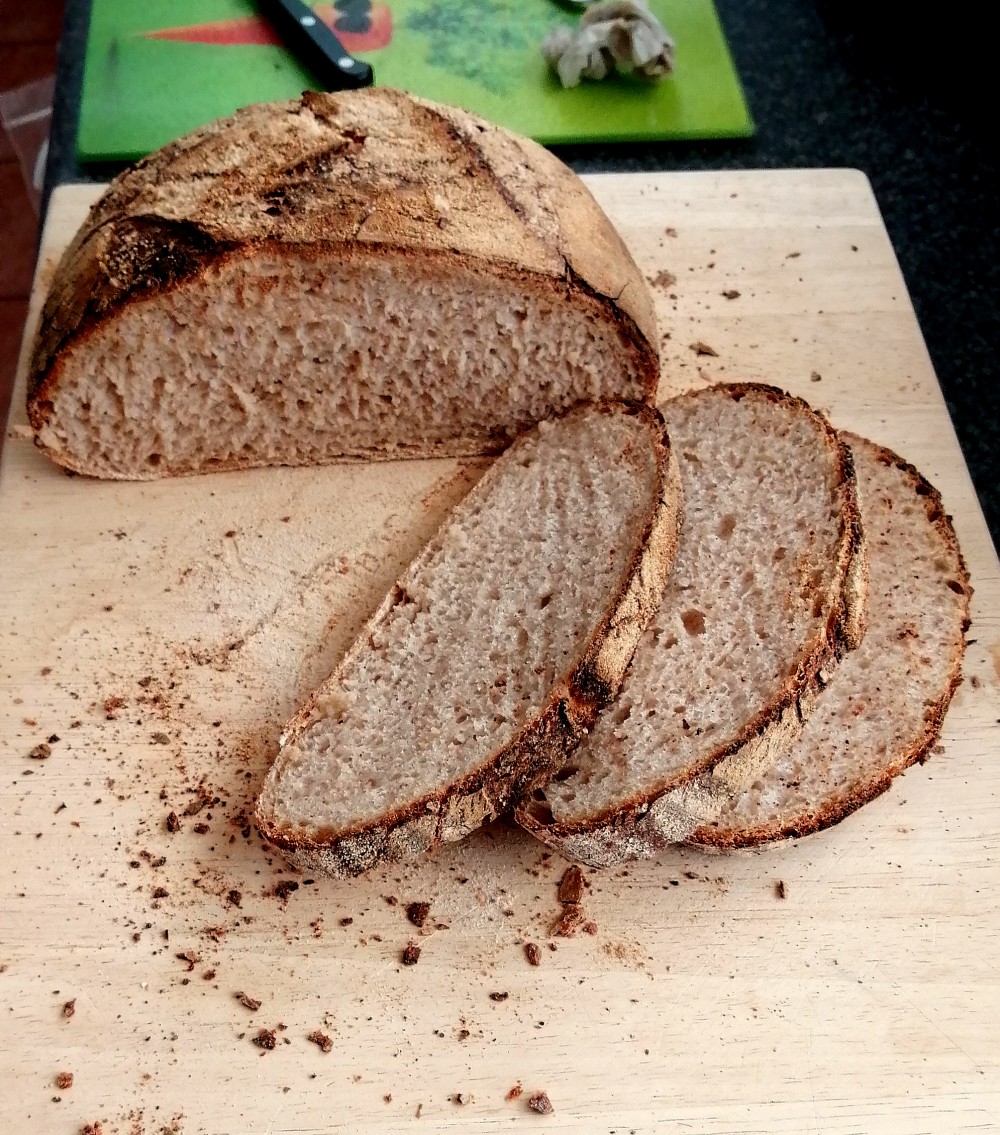
-
More deets while it is in the oven…. I’m following the Forkish recipe for 80% white Biga. It is ridiculously warm here at the moment, (due to decades of excessive consumption of fossil fuel), anf Norwegian homes are built to retain heat. The room for the pre-ferment was 20C overnight, my kitchen is over that. It has meant I have needed to shorten times.
Forkish calls for a 14 hour pre-ferment, a 3.5 hour bulk ferment and on hour proofing, all at room temps.
The Biga got 12 hours and probably could have had 10-11. The bulk ferment was about 2.5 hours and the proofing only 30min.
I’ll mention that this was over-hydrated, which seems to be an issue for me. My scales glitched when mixing the water for the Biga, then I was heavy handed when mixing the bulk ferment. I added a little more flour, but the percentages are definitely off.
I’ve just removed the foil (I don’t have a Dutch oven), and I have oven spring!
-
So the first ever Biga bake was a success, even with some iffy percentages.
I feel like learning how to make sourdough from scratch is the baking version of learning the acoustic guitar. You master everything properly, giving you all the skills needed to have fun with the electric version (or Biga, if the analogy wasn’t clear enough).



-
Looks great, congrats.
No great changes. In this instance, I made the Biga with 80% eight-grain and then added 20% dark rye for the final dough. I'm sure if I knew what I was doing, I could frig around with hydration and timings, but I don't bother…
I like ringing the changes flour-wise for the Biga and the final dough. I open up the flour drawer and choose a couple that take my fancy on the day....





